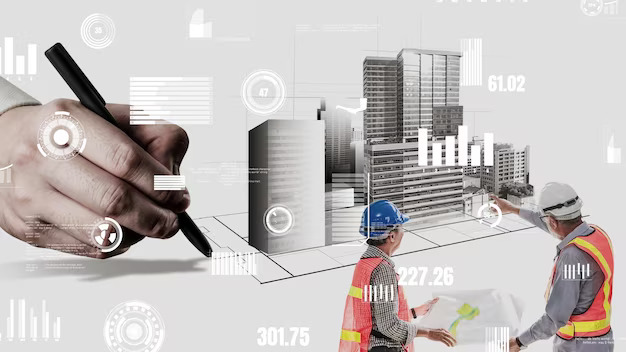How to Implement a Common Data Environment for Construction
Thinking of introducing a common data environment to your construction project?
Here are some things to keep in mind.
First of all you need to be clear about why you should get such a system and how it will benefit your business.
A construction common data environment is an online digital space in which project teams can share and maintain their project information, thus allowing for better collaboration yet with complete security.
A CDE is also called a Single Source of Truth, as it will streamline collaboration, automate processes, and increase productivity while letting you collect and manage project data from various disciplines like design, financial, etc., and allow multiple stakeholders to access the same data simultaneously.
As such, it has become a critical element of modern construction projects, helping organisations manage huge amounts of data with ease. In other words, a CDE consolidates information from various sources, helping the organisation deal with the huge amounts of data in an efficient manner, and a top-notch CDE will also integrate with your other tools and applications in the BIM process.
A CDE can come in many forms. In its simplest form, suitable for smaller projects, it can be a folder structure on a shared server or an online cloud-based file-sharing application that is accessed by multiple teams all over the world. On larger capital projects a more sophisticated system is required to manage data across all the phases of the project lifecycle. But large or small, a common data environment – as the name suggests – is nothing more than a working environment for project personnel to interact and exchange data.
Today’s digital technology has allowed for the evolution of very powerful solutions in the CDE space, including some versions that come with built-in workflows to drive and guide the work within the environment while maintaining the smooth flow of information and ensuring data security and integrity. Such systems allow construction companies to collect very large amounts of data, and by analysing and leveraging this data, companies can learn useful lessons to improve their business while contractors can identify and solve bottlenecks in their workflows.
This is very useful because the construction industry is heavily data-driven and with the advent of modern digital technology tools it is becoming reliant on data analytics and allied software solutions – which is in turn creating a culture where contractors will soon be expected to provide data from previous projects in order to win new projects.
Now lets talk about how to successfully implement a construction common data environment.
At the very least, you will need a solution that establishes a standard data format, that makes it easy for all your project stakeholders to collaborate and work with each other, and that increases visibility across all the project phases.
Thus, you should look for a software that lets teams share the same information from a single central location via built-in workflows. Ideally, your CDE should be able to automatically store documents by metadata or name so that all the members of the teams get access to the data without having to look through multiple sources. (Your CDE will be used by both internal and external entities so be sure to set up the right security protocols for your business.) To that end, some companies appoint an Information Officer or Information Chief to oversee the setting up and implementation of their construction common data environment. This can help make the process smoother and also ensure the best outcomes.
Other factors to think about while setting up your CDE include: clearly defining the expected user group ie who are the people who will be using the CDE and how they are connected to each other (internal, vendor, employees vs contract workforce etc.). Then you can set up the system to cater to exactly those needs.
You’ll also want to decide on the naming conventions you plan to use so that all the users are familiar with the same conventions and the work flows smoothly from project start to finish, even across departments and teams who may not have used the same conventions prior to the CDE.
It’s also important that you set up a good Workflow Sign-off Process, because that will give you a clear idea of exactly what’s going on with your data; what is the status of each document, what is the status of the work itself, what is underway, what is planned, what is on, behind, or ahead of schedule, what has been shared, what needs to be approved, what has gone out and where, and so on.
To sum up, a construction common data environment is an effective information management and storage system for construction projects and can be integrated with a variety of BIM collaboration software as well. A CDE can be an invaluable asset and could end up solving the problem of construction data overload that plagues the industry.
Author bio:
Sajith Nair is a Graduate Engineer and certified Project Management Professional from PMI with more than 30 years of industry experience. He has deep domain expertise in EPC project management & worked with major EPC Contractors and owner organisations in the Oil & Gas sector, including Petrofac, KNPC, KIPIC, Chevron etc.






